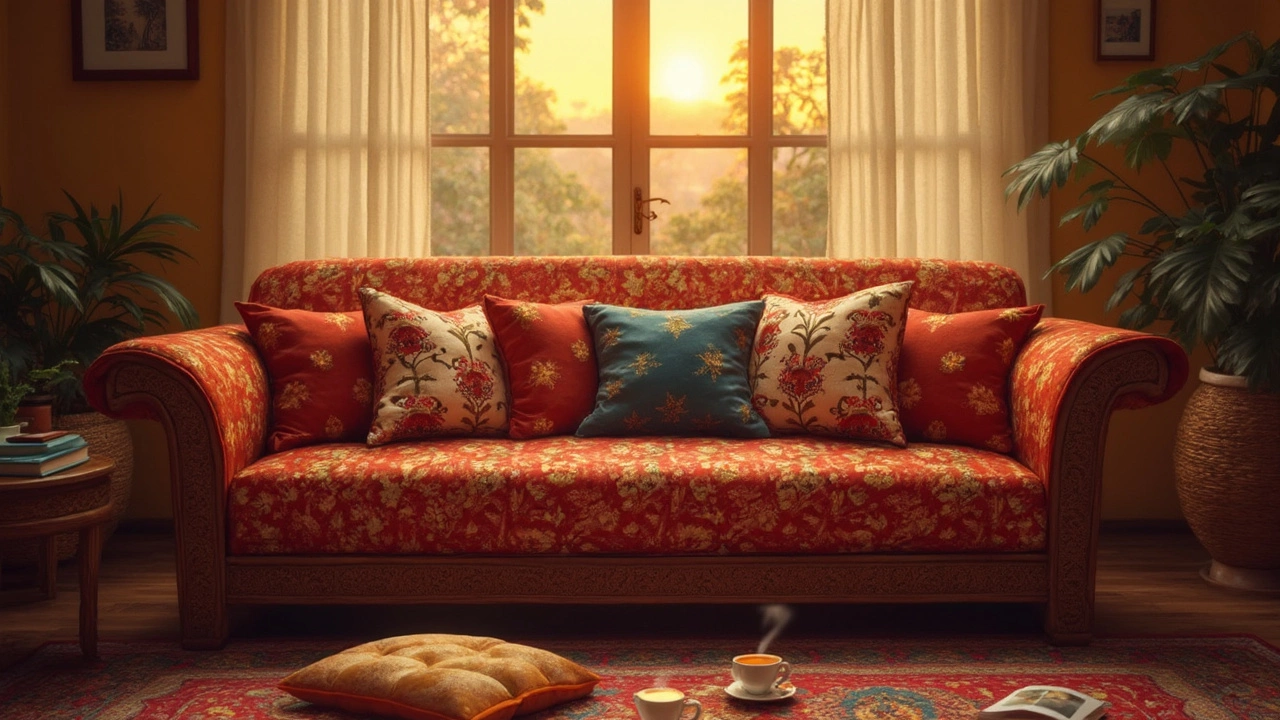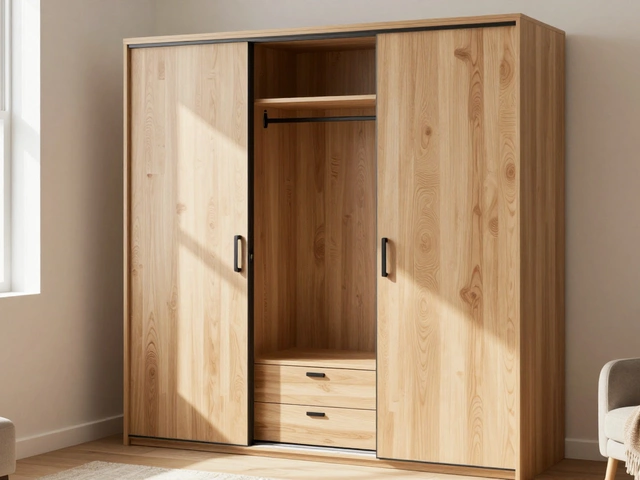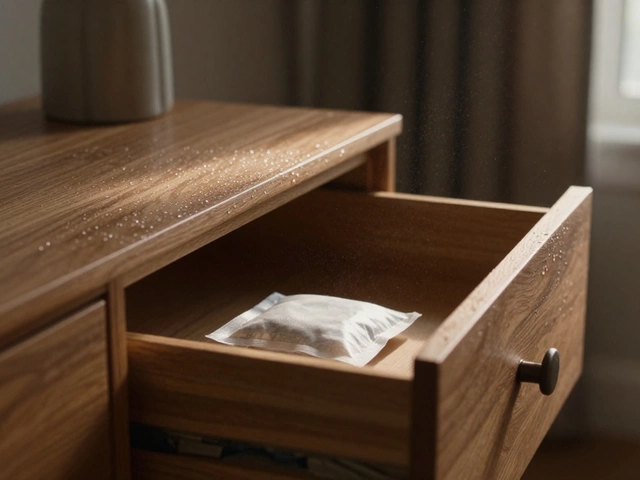Couch Lifespan: How Long Your Sofa Should Last
Ever wonder how many years a couch can survive before it looks tired or falls apart? The answer isn’t a one‑size‑fits‑all number. It depends on the parts inside, how you use it, and how well you treat it. Below we break down the main factors that decide a couch’s life and give you simple steps to stretch it out.
What Affects a Couch’s Life
The frame is the backbone. Solid hardwood frames (like oak or maple) hold up for a decade or more, while cheaper particleboard can start to warp in just a few years. Look for screws instead of staples; screws are easier to replace if they loosen.
Cushion filling matters too. High‑density foam tends to keep its shape for 5‑7 years, while low‑density foam may flatten in a couple of years. Some manufacturers add a layer of latex or down for extra bounce. If you notice sagging, swapping the foam or adding a support board can buy you another few years.
Fabric or leather isn’t just about looks. Natural fibers like linen breathe but stain easily, while synthetic blends resist spills. Leather ages gracefully but needs regular conditioning to avoid cracks. Sunlight is a silent enemy—UV rays fade colors and weaken fibers, so keep your couch away from direct window light.
Everyday use leaves a mark. Families with kids or pets put more stress on seams and legs. Jumping or standing on the sofa can break springs quickly. Even the way you sit matters; leaning heavily on one side can warp the frame over time.
Tips to Extend Your Couch’s Life
Rotate cushions every few weeks. This spreads wear evenly and prevents one side from becoming a permanent dip. If your sofa has removable covers, wash them according to the label – most fabrics survive a gentle cycle.
Use a slipcover or a throw when you have pets that shed or kids who spill juice. A cover acts as a barrier and can be tossed in the wash, protecting the original upholstery.
Keep the couch out of direct sunlight. If you can’t move it, hang a sheer curtain or use UV‑blocking window film. This slows color fading and keeps the fabric strong.
Check the legs regularly. Tighten any loose screws and replace worn pads under the feet. A stable base prevents wobbling, which can stress the frame and springs.
Give the cushions a boost with a plywood board underneath if they start to sag. The board adds support without changing the look of the sofa.
When cleaning, avoid harsh chemicals. A mix of mild dish soap and water works for most fabrics; for leather, use a dedicated leather cleaner. Spot‑clean spills right away to stop stains from setting.
Finally, invest in quality. A higher‑priced couch with solid wood and dense foam costs more upfront but usually outlives a cheap alternative by several years. Think of it as a long‑term investment in comfort and style.
By understanding what wears down a couch and following these easy maintenance habits, you can keep your favorite seating piece looking fresh for a decade or longer. A well‑cared sofa not only saves money but also stays a comfortable centerpiece for family gatherings, movie nights, and quiet reading moments.
How Long Should Your Couch Really Last?
Couches are meant to be more than just a piece of furniture; they’re a part of our homes. So, how long should a couch last? The lifespan of a couch depends on various factors like materials, usage, and maintenance. This article dives into everything from the average lifespan of different couch types to tips on extending your sofa’s life. Whether you’re facing a saggy cushion crisis or just curious about getting the best bang for your buck, this guide has got you covered.
The Lifespan of a Lazy Boy Couch: Durability and Care Tips
Lazy Boy couches are renowned for comfort and often become cherished fixtures in our living spaces. Examining their lifespan involves considering materials, usage, and care. Things like construction materials and family dynamics can heavily influence longevity. Proactive maintenance and a few insider tips can extend their use significantly. Discover how long these sofas really last and ways to preserve their condition.






